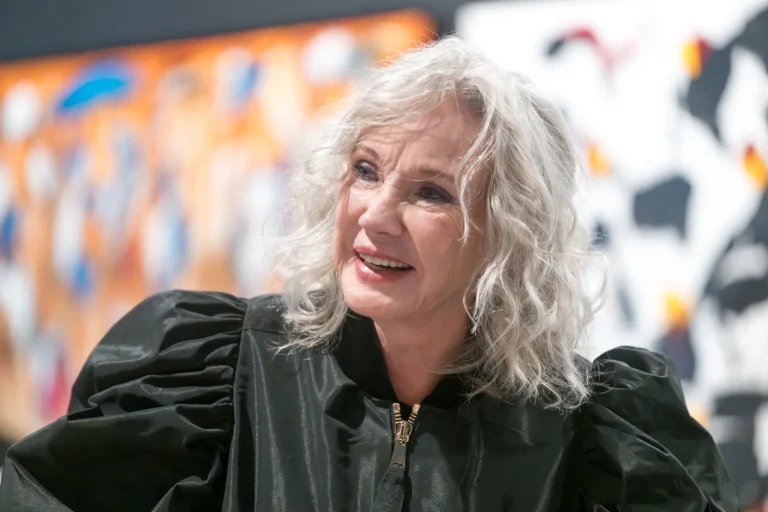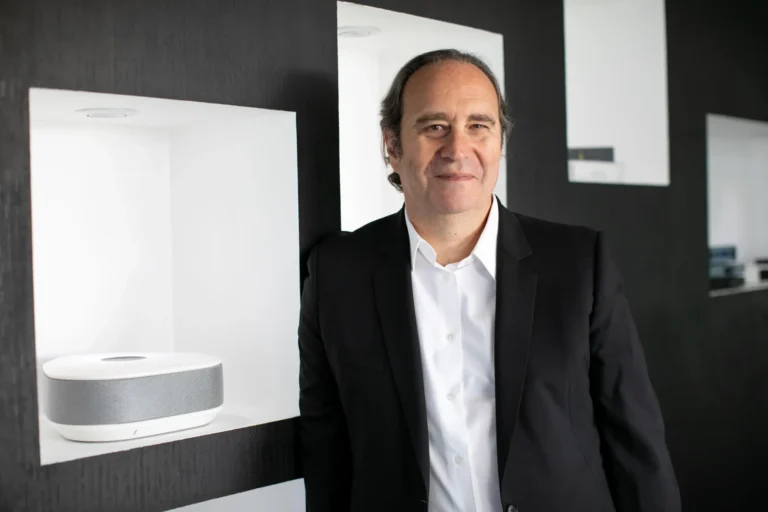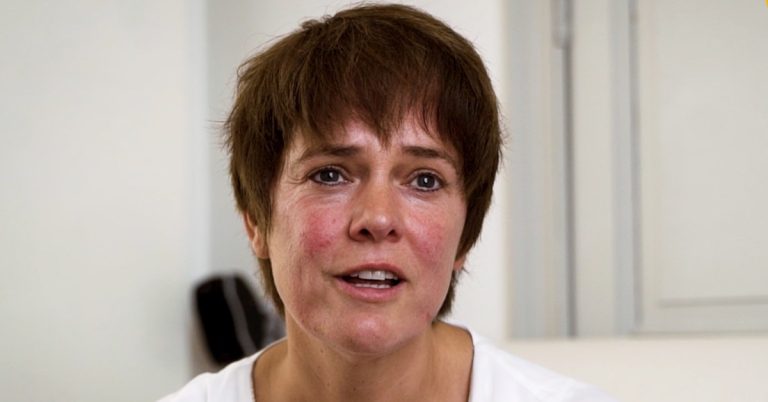The Secrets of the Dassault Family Fortune: How the Family Built a $32 Billion Industrial Empire
Dassault family
Dassault Family Colossal Fortune
The Dassault family is one of thes more France's largest fortunesa symbol of industrial success spanning several generations. Heirs to aviation pioneer Marcel Dassault, they have built a diversified empire ranging from aeronautics and software to media and luxury goods. With a business fortune estimated at 32 billion euros in 2025, the Dassault dynasty occupies thee TOP 6 of France's richest people, testifying to the group's remarkable prosperity. How has this wealth been built up over time, and who are its custodians today?
This article traces the origins of the dynasty under Marcel Dassaultthe rise of the empire under his son Sergethe role played by Olivier Dassault to his tragic death, and profiles the current heirs and family governance. We'll also explore the group's various lines of business (aviation, software, press, real estate, art, wine...), the sources of income that fuel this fortune and the succession issues at stake for the future of this family jewel, all in a tone that's both informative and entertaining.

Origine De La Dynastie Industrielle Avec Marcel Dassault
The story of the family fortune begins with Marcel Dassaultborn Marcel Bloch at 1892. A visionary aeronautical engineer, he created the the 1920s his own aircraft manufacturing company. At the Second World WarMarcel Bloch's refusal to cooperate with the Nazi occupiers led to his imprisonment and deportation to a concentration camp. He narrowly escaped in 1945It rose from the ashes and resumed its industrial activities with determination.
He then changed his name toDassault"a name inspired by the word " tank " in honor of his brother's resistance name. Under his leadership, Avions Marcel Dassault designed the first post-war French combat aircraft, including the famous Mystery and Mirage that would make the French aeronautics industry famous. Marcel Dassault laid the foundations for a veritable empire. Legend has it that the comic strip Tintin parodied it in Laszlo Carreidas, "the millionaire who never laughs"This was a tribute to his exceptional seriousness and success. On his death in 1986Marcel Dassault left his family a flourishing business and a colossal industrial legacy.
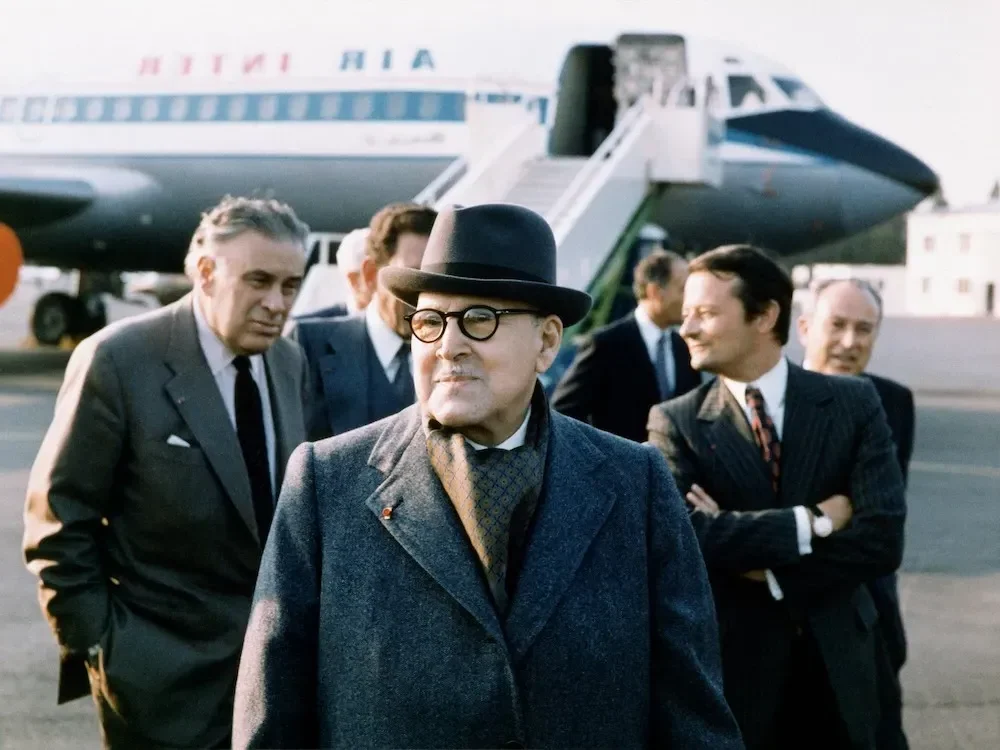
The Evolution Of The Empire Under Serge Dassault
After Marcel, his youngest son Serge Dassault who took over the reins of the family group at the end of the 1980s. Born in 1925, Serge had been prepared from an early age to succeed his father, whose industrial ambitions he shared. Under his leadership, the company diversified and modernized to enter the era of globalization.
Serge oversees the development of new combat aircraft (such as the Mirage 2000 then multi-role Rafale), while consolidating the business aircraft branch Falcon which became a benchmark for luxury in business aviation. A visionary, he also encourages the growth of the company's software subsidiary Dassault Systèmes founded in 1981 to exploit 3D design software (CATIA) initially designed for the aerospace industry. This technological nugget became one of the pillars of the family fortune.
Serge Dassault also makes strategic acquisitions that extend his empire beyond aeronautics. In 2004, he bought the press group Socpresseoffering itself Le Figaroa leading French daily, and a myriad of magazines. He also invests in electronic defense, acquiring a significant stake in Thales (24 % of the capital) and diversifies the family's assets into prestige real estate through Immobilière Dassault. In parallel with his industrial activities, Serge became involved in politics as mayor and senator, reinforcing the influence of the Dassault name in the public sphere.

Before his death in 2018Serge had meticulously prepared the continuity of the family business. In 2014, anticipating the challenge of succession, he appointed his loyal right-hand man Charles Edelstenne - co-founder of Dassault Systèmes and a pillar of the Group - as his successor at the helm of Groupe Dassault when the time comes. His instructions are clear: capital control must remain in family hands to preserve the unity of the estate.
Thanks to Serge's prudent governance and these arrangements, the Dassault empire has continued to prosper into the 21st century, with the value of Dassault Systèmes soaring on the stock market and demand for Rafale and Falcon aircraft remaining high. The Serge Dassault era was thus marked by the expansion and consolidation of a multi-faceted family empire.
The Role and Disappearance of Olivier Dassault
One of Serge Dassault's four children, Olivier Dassault (b. 1951) was the eldest, and often tipped to play a leading role in the family legacy. A keen pilot and photography enthusiast, Olivier had nonetheless turned to politics: he was a member of parliament (LR) for Oise on several occasions, while sitting on the boards of the family companies without holding an operational position within the group. He nevertheless represented the continuity of the Dassault name in the public sphere, and was an ambassador for the family empire.
Sadly, in March 2021, the family was struck by tragedy. Olivier Dassault died at the age of 69 in a helicopter crash in Normandy, on his way to his estate. His sudden death shocked the political class and upset the family equilibrium, coming barely three years after the death of his father Serge. Olivier was survived by his wife Natacha (Nikolajevic) and their children, as well as two older children from a first marriage (Héléna and Rémi Dassault).

In accordance with the laws of succession, his wife and children inherit his share of the family estate. His eldest daughter Héléna35, was appointed to sit alongside her uncles Laurent (71), Thierry (67) and her aunt Marie-Hélène (59) on the family group's supervisory board, representing Olivier's branch. Despite the shock of this loss, the Dassault clan has remained united to keep the empire on course, true to Serge's wish to preserve family cohesion.
Current Heirs and Empire Governance
Today, the Dassault fortune and group are controlled by the third generation of the family, consisting of Serge's three surviving children (Laurent Dassault, Thierry Dassault and Marie-Hélène Habert-Dassault) and Olivier Dassault's heirs. Each holds a share in the family holding company Groupe Industriel Marcel Dassault (GIMD)This is the umbrella structure for all the Group's assets (industrial, real estate and financial holdings). None of these people is the sole "boss" of the Group: governance is collective, with a single "CEO". supervisory board Laurent, Thierry, Marie-Hélène and Héléna Dassault, while operational management is entrusted to professional executives.
Since Serge's death, the family has relied on experienced managers to run the group's businesses on a day-to-day basis. Charles Edelstenne, 87, former Chairman and CEO of Dassault Aviation and a key figure in the group's success, was Chairman of the GIMD holding company from 2018 to 2023, in accordance with Serge Dassault's wishes. Then, in January 2024, the family decided to pass the torch to a new generation of leaders by appointing Éric Trappier (CEO of Dassault Aviation) as Chairman of GIMD.
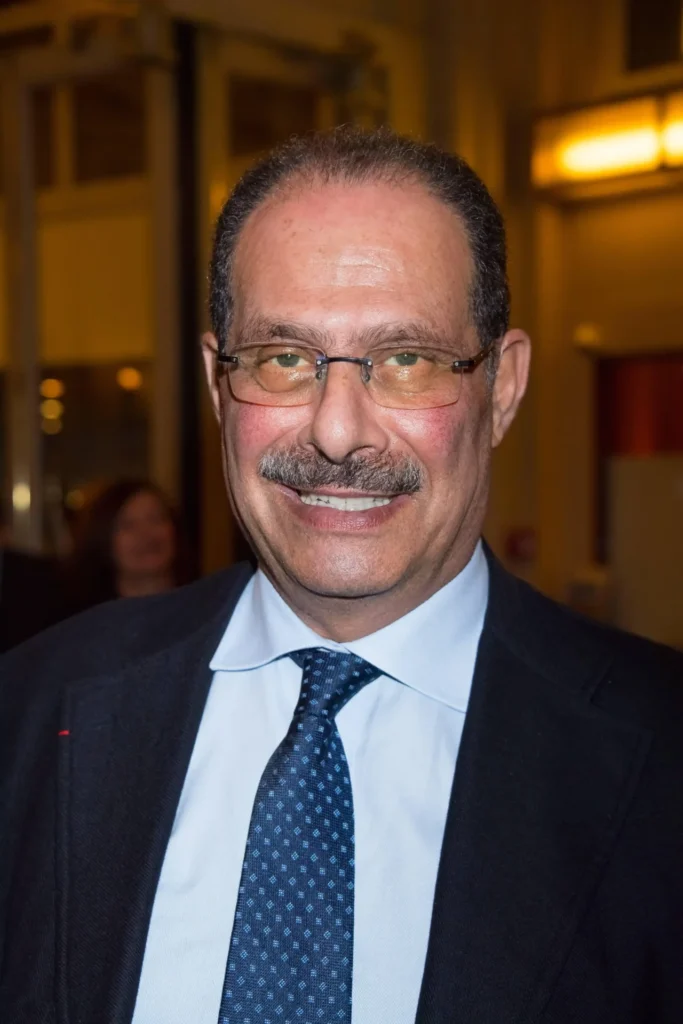
This unanimous choice, validated by the family board, symbolizes the heirs' determination to preserve harmony: Trappier does not belong to the family, but knows the company intimately, which guarantees neutral management while respecting in-house values.
This mode of governance reflects a gradual transition of power from family hands to more strategic supervision. The current heirs, some of whom are now in their seventies, are preparing for the future by involving the fourth generation (such as Héléna and perhaps soon other grandchildren) in the decision-making bodies. The challenge for them is to continue to build on Marcel and Serge's legacy, while maintaining family unity and avoiding internal rivalries. For the time being, the Dassault family managed to speak with a single voice, ensuring the empire's continuity without major clashes.
The Different Branches of the Dassault Group
The Dassault Group has diversified over the decades, and today comprises several major business lines, all of which contribute to the family's wealth:
- Dassault Aviation - The historic heart of the empire, this company designs and manufactures military and civilian aircraft. It was behind the French army's iconic combat aircraft (from the Mirage III in the 1960s at Rafale currently in service) and also produces the business jets Falcon prized by the world's great fortunes. Dassault Aviation employs over 12,000 people and generates sales of around 6 billion euros (forecast 2024). The Dassault family holds around 66 % of the capital, making it the cornerstone of its fortune.
- Dassault Systèmes - Founded in 1981, this software company has become a world leader in 3D design, simulation and product lifecycle management (PLM) solutions. It publishes software used in the automotive, aeronautics, architecture and healthcare industries, among others. The success of its platforms (CATIA, SolidWorks, 3DEXPERIENCE...) has propelled its market value to over 50 billion euros in recent years. The family holding company owns around 40 % of Dassault Systèmes, making it the second major pillar of its estate. In 2023, Dassault Systèmes posted a net profit of 886 million euros, illustrating the importance of this high-tech branch in the family fortune.
- Groupe Figaro (Media) - This media branch includes the daily newspaper Le Figaro (founded in 1826) as well as various magazines and websites (Le Figaro Magazine, Madame Figaro, etc.). Bought by Serge Dassault in 2004, Le Figaro is one of France's most widely distributed newspapers. Although it accounts for only a modest share of the group's revenues, it gives the family considerable influence in the media and public debate. The Figaro Group employs around 1,500 people and embodies the empire's diversification into press and digital media.
- Immobilière Dassault (Real estate) - This real estate company manages the family's real estate assets, consisting mainly of high-end office and retail buildings in Paris. For example, the family has long owned the Hôtel particulier du Rond-Point des Champs-Élysées (headquarters of Artcurial) and other prestigious addresses in the capital. Immobilière Dassault, 59 % of which is owned by the family, is listed on the stock exchange and generates regular income from property rents. It is a stable and secure component of wealth, less subject to cyclical fluctuations.
- Art and Collections - The Dassault family has also positioned itself in the art market and luxury collections. They own the auction house Artcurialbased in Paris, which organizes sales of art, classic cars, fine wines and jewelry. The group also holds a stake in the racehorse auction company Arqana. This presence in the art and auction world not only diversifies the family's assets, but also reflects the cultural passions of certain members (Olivier Dassault himself was a photographer and collector).
- Vineyards (Château Dassault) - Less well known to the general public, the family has owned a vineyard in Saint-Émilion since 1955, renamed Château Dassault. Classified as a Grand Cru, this vineyard produces renowned Bordeaux wines, testifying to the dynasty's foray into the high-end wine sector. Although wine does not account for a large proportion of overall sales, it does contribute to the prestige and diversification of the family estate (as do other major French fortunes investing in grands crus).
- Strategic holdings - In addition to its controlled subsidiaries, Groupe Dassault holds minority stakes in other companies, strengthening its influence in various sectors. The main one is Thalesa French defense electronics and aeronautics giant, in which the Dassault family owns some 24 %. This cross-shareholding, forged in the 2000s, consolidates the group's defense focus. Similarly, the Dassault family has held or holds a stake of around 5 % in bioMérieuxa biotechnology company specializing in medical diagnostics. Although minority investments, they are strategic and generate dividends as well as capital gains.
As you can see, the family fortune is based on a range of complementary activities. Aeronautics and software - high-tech, high value-added fields - are the main drivers, while media, real estate, art and wine provide diversification, visibility and stability.
The Ranking Of Their Fortunes Among The Great French Fortunes
The Dassault family has firmly established itself at the top of the rankings of France's wealthiest families. According to the Challenges 2023it occupies the Ranked 6th among French fortuneswith estimated assets of 32 billion euros. This puts it just behind the luxury magnates (Arnault, HermèsChanel, Bettencourt and Saadé) and ahead of other industrial dynasties such as the Pinault (Kering) or Mulliez (Auchan).
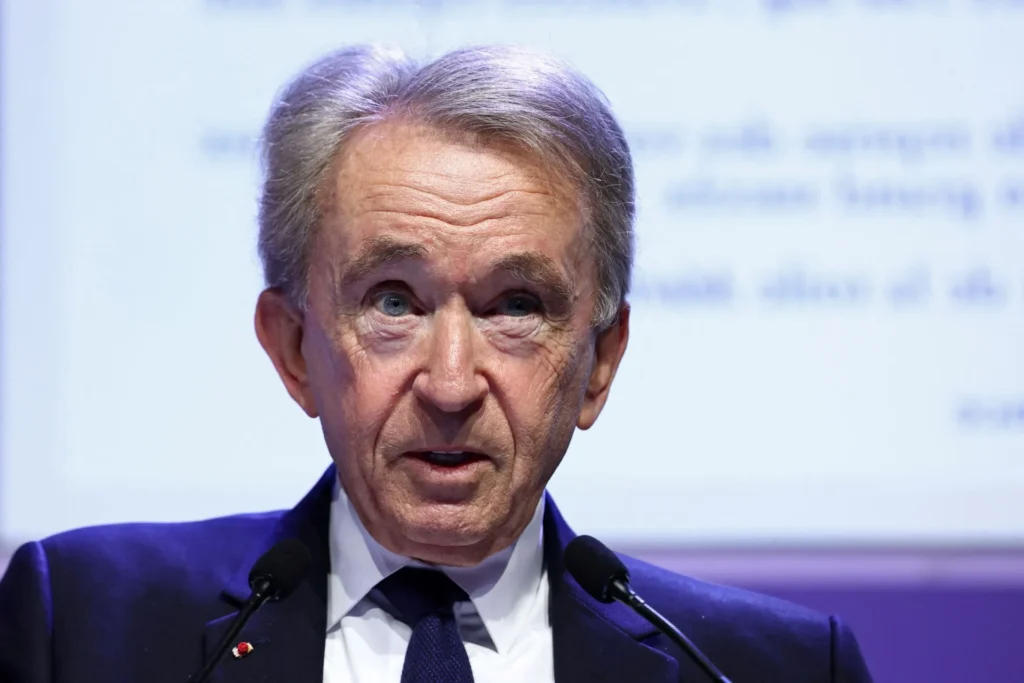
The rise of Dassault Systèmes (floated on the stock exchange in 1996) and the export success of the Rafale in the 2010s have greatly increased the value of the family estate over the past decade. In just a few years, the Dassault fortune has risen from the 20 billion mark to over 30 billion euros, reflecting the meteoric rise of the group's assets.
On a global scale, the Dassault family ranks among Europe's great industrial heritages, even if it remains well below the very top (in 2023, Bernard Arnault was the richest man in the world with over 200 billion euros, far ahead of the pack). Nevertheless, with several tens of billions of euros in assets, the Dassault family is one of France's most emblematic fortunes, often cited as an example of successful family continuity.
The Group's main sources of revenue today
The Dassault family's current wealth stems primarily from the financial performance of its flagship companies. On the one hand, Dassault Aviation generates substantial sales and profits from the sale of military and business aircraft. Each Rafale export contract (India, Qatar, Egypt, etc.) brings in billions of euros, and is accompanied by a steady stream of income from aircraft maintenance over decades. Similarly, Falcon business jets, sold to a wealthy private clientele, are a major source of revenue, especially during the peak business travel season.
On the other hand, Dassault Systèmes is a real cash machine in the software sector. With thousands of licensed industrial customers worldwide, this subsidiary provides the Group with recurring revenues (software subscriptions, maintenance) and high profitability. Its high margins translate into comfortable annual profits (close to 0.9 billion euros in net profit by 2023) and a steady rise in the company's value, mechanically increasing the wealth of family shareholders.

In addition to these two pillars, the family benefits from diversified income Immobilière Dassault's real estate rents and capital gains provide a stable income. The media (Le Figaro) and art (Artcurial) businesses generate more modest profits, but offer other strategic advantages. Château Dassault's wine sales remain anecdotal on the scale of the Group, but contribute to the influence of the Dassault brand in luxury circles. Finally, shareholdings in Thales and other listed companies provide dividends The 24 % shares in Thales alone are worth several billion and entitle their holders to a share in the profits of this defense leader.
To sum up, the Dassault Group's main sources of revenue today are weapons and civil aviation contracts, software licenses and digital services, and to a lesser extent real estate and financial income. This diversification enables the family to weather economic cycles while limiting risks: when aerospace slows down, software or real estate can compensate, and vice-versa. This robust flow of consolidated income explains why, year after year, the Dassault fortune is maintained at a high level, contributing to the ranking of the world's great fortunes.
Succession and Management Issues
The question of succession has always been a sensitive one within the Dassault family, so vast and coveted is the empire built by Marcel and then Serge. To avoid the fratricidal conflicts that have erupted in other industrial dynasties, Serge Dassault took care to organize the succession during his lifetime (notably by setting up a family council and an advisory committee of "wise men" to arbitrate any disputes). His guiding principle of unity "Above all, stick together has been respected: since his death, the heirs have acted in concert to preserve the integrity of the group, none seeking to sell their share or gain power at the expense of the others.
Nevertheless, the challenge of fourth generation is on the horizon. Serge's three main heirs, now aged between 60 and 70, will sooner or later have to hand over the reins to their own children. The integration of Héléna Dassault into the governance team marks the first step in this generational renewal. Other grandchildren (such as Rémi Dassault, born in 2000) may join the group's management in the future. The challenge will be to pass on the same cordial understanding and vision to a new generation that did not directly experience the founding era of Marcel or Serge.

The choice in 2024 of a non-family chairman (Éric Trappier) to head the GIMD holding company is a strong sign that the family values the company's long-term future over individual egos. By taking a back seat operationally, the Dassaults intend to play the role of strategic shareholders, watching over the company's direction, while leaving the day-to-day running to professionals. If successful, this model could serve as an example for other large industrial families wishing to ensure a smooth succession.
Moreover, family cohesion remains a key issue: any major divergence between branches (for example, between Olivier's widow and children and the rest of the siblings) could undermine the edifice. So far, no public quarrel has marred the unity of the clan, which seems to apply Marcel's motto internally: "All for one, Dassault for all". - in other words, the collective interest comes first. Only time will tell if the Dassault family can maintain this unified course over the long term, but given its history and the solidity of its empire, it is well placed to continue prospering as a family for generations to come.
Summary
The Dassault family, one of France's most powerful industrial dynasties, has an estimated fortune of 32 billion euros. Founded by aviation pioneer Marcel Dassault, the empire expanded under Serge Dassault into aeronautics, software (Dassault Systèmes), media (Le Figaro), real estate, art and wine. Today, the third generation is responsible for governance, preserving the family unit, with management entrusted to professionals such as Éric Trappier. The family's diversified fortune is based mainly on military aeronautics and industrial software. This rare model of successful intergenerational transmission makes it an emblematic example of economic and family longevity in France.
Dassault Family Fortunes FAQ
Q: What is the estimated fortune of the Dassault family in 2025?
R: The Dassault family's professional fortune is estimated at around 32 billion euros in 2025. This figure corresponds to the value of their holdings in their companies (Dassault Aviation, Dassault Systèmes, etc.) and other assets. This makes the Dassault family one of the richest in France.
Q: Who are the current heirs to the Dassault family?
R: The third generation of the family currently manages the estate. They are Laurent Dassault, Thierry Dassault and Marie-Hélène Habert-Dassault (Serge Dassault's living children), and the heirs of Olivier Dassault (who died in 2021), notably his daughter Héléna Dassault who represents this branch on the family supervisory board. Together, these heirs control the Groupe Dassault holding company.
Q: Which companies make up the Dassault empire?
R: The Dassault Group's main activities are as follows Dassault Aviation (manufacturer of Rafale military aircraft and Falcon business jets) and Dassault Systèmes (publisher of 3D and PLM software). In addition Figaro Group (press, with the Le Figaro), Immobilière Dassault (prestige real estate), the auction house Artcurial (art and collectibles) and the vineyards Château Dassault in Saint-Émilion, among others. The family also owns shares in Thales and other companies.
Q: Where does the Dassault family's wealth come from?
R: The origins of the company's fortune lie in aeronautics, with the success of aircraft designed by Marcel Dassault from the 1950s-60s (Mystère, Mirage). Later, diversification played a key role: the rise of Dassault Systèmes software in the 2000s considerably boosted the empire's value. Today, revenues come mainly from aircraft sales (arms contracts, business aviation) and software licenses, supplemented by income from media, real estate, art and financial investments.
Q: Who runs the Dassault group today?
R: Operationally, the group is run by professionals. Since 2024, Éric Trappier (CEO of Dassault Aviation) chairs the holding company Groupe Industriel Marcel Dassault. The family, for its part, exercises its power via the Supervisory Board and the holding company, setting the major strategic directions. In other words, the Dassaults remain in control as owners, but delegate day-to-day management to experienced managers.
Q: What challenges does the Dassault family face in the future?
R: The main challenge is to ensure harmonious succession to future generations without diluting family control. The fourth generation will have to become progressively involved in management to perpetuate the legacy. It will also be necessary to maintain unity between the family branches and continue to innovate in growth sectors (defense, high-tech) to preserve the empire's relevance. Finally, like all great fortunes, the family must manage its public image and its commitments (ethical, philanthropic) to ensure that its actions have a lasting impact.



